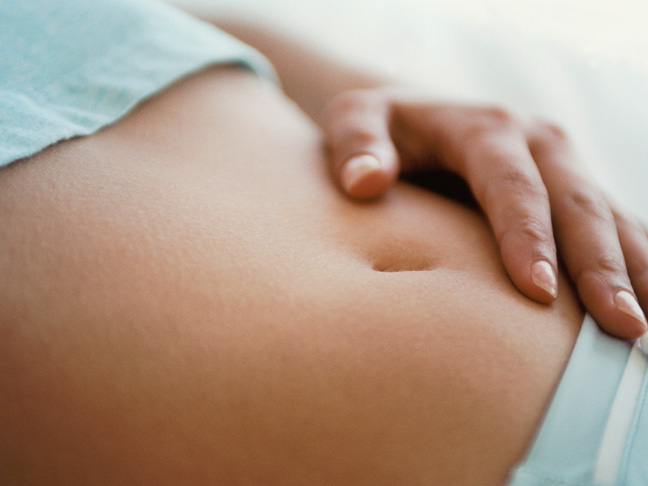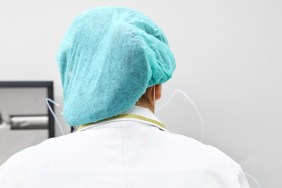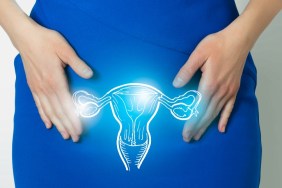Just in case it’s been a minute since you took a high school sex ed class, here’s a reminder that you need if you’re trying to conceive: Getting pregnant is all about ovulation. Because here’s the thing: You have to ovulate to get pregnant and understanding how ovulation works, as well as when you specifically ovulate and the signs of ovulation, increases your chances of being pregnant. To break down everything you need to know about ovulation, I talked to Melissa Goist, MD, an ob-gyn at The Ohio State University Wexner Medical Center, in Columbus, Ohio.
What is ovulation?
During ovulation, an egg (or ovum) is released from your ovary and will travel down into the fallopian tube where it will then wait for a sperm to swim by. If you don’t get pregnant, the thickened lining of your uterus will shed the unfertilized egg and you’ll get your period again. However, if a sperm successfully burrows inside the egg, it will fertilize the egg and work its way (splitting into cells as it goes) down the fallopian tube and into your uterus for implantation. And that’s how you get pregnant.
What are the signs of ovulation?
Some women feel lower abdominal pain (like period cramps) called Mittleschmertz, says Dr. Goist. What’s happening during this time is the large (2cm) follicle, which has been formed during the ovulation process, ‘ruptures’ or opens in order to release the egg. Other ovulation symptoms, according to the American Pregnancy Association, may include:
- Light spotting
- Breast tenderness
- Abdominal bloating
- Increased sex drive
- Heightened sense of smell, taste or vision
When do most women ovulate?
“Ovulation occurs 14 days before a menses begins,” says Dr. Goist. Keep in mind this is based on the average menstrual cycle, which is 28 days. Therefore, ovulation happens right smack in between your last period and your next period. But hold on! It’s not always that simple. Not every woman has a 28 day cycle. If your cycle is a little longer, say, 35 days, Dr. Goist says ovulation would occur on day 21.
How do you calculate when you’ll ovulate?
You count 14 days — or 21 days, if your cycle is 35 days — from the first day of your last period. So, 28 – 14 = 14, and 35 – 14 = 21, and so on and so forth. …Get it? The trick is understanding your ovulation schedule, so start monitoring your cycles!
Is it possible to control when you ovulate?
No. But, eating healthfully and maintaining a healthy weight can help regulate cycles, says Dr. Goist. That means that if you’re overweight, you should lose weight. Just don’t overdo it; excessive weight loss or worse, starvation, can definitely inhibit ovulation, she adds.
More for Moms Who Are TTC:








